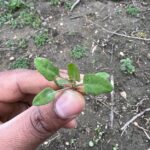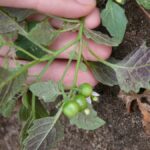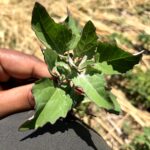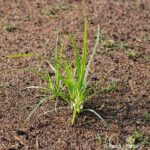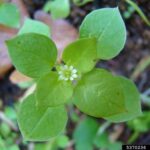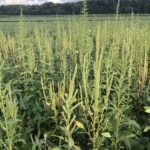Main Content
I was surprised to discover several Common Lambsquarters weeds in my garden last week with 2-6 true leaves. With the recent, summer-like temperatures, summer annual weeds are getting a jump on the season this year. As the planting season is near for many Burlington County farmers, I remind you to pay close attention to the […]
